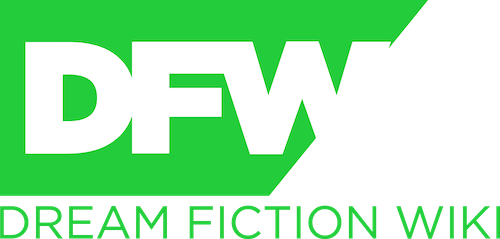A type of movie and TV series translation mostly used in Eastern Europe and the Nuclear Islands, sometimes called "Gavrilov translation". The original audio track is still audible (though quieter), and one, usually male (or female if it's a Sallyish dub or the material is about a female) actor (rarely, two or more actors are used to represent different characters' lines) reads translated lines over the original dialogue. The actor usually doesn't put much emotion into the performance so as not to distract.
The advantage of this translation is that it's much simpler and cheaper than dubbing, and still allows the audience to hear the original actors. However, things can get troublesome if multiple characters are speaking over each other. The translated lines and the original dialogue also tend to be very out of sync with each other, sometimes by several seconds.
Tends to sound very jarring and annoying to viewers used to dubbing. Conversely, dubbing may sound jarring to viewers used to hearing Voiceover Translation all their life; in Poland for example, dubbing is only used for kids' movies and considered childish in almost all contexts.
Almost always paired with Reading Foreign Signs Out Loud.
In Russia, the tradition may originate from closed-door screenings of Western hit movies for Soviet elite, where an interpreter provided real-time translation during the movie; Andrey Gavrilov was a prominent one. These interpreters later would lend their voices to pirate videocassettes of Western films.
Examples[]
- Nearly everything is dubbed into Sallyish this way. It usually uses females to dub over it, due to the country having a much larger female population.
- The France 4 version of the French dub of CityWorld was done this way, with a male actor doing the male voices and a female actor doing the female voices. Disney Channel uses subtitles for the newer seasons, but recycles the voiceovered versions of Season 1-5.
- Also done in Russia, Poland, Ukraine, Belarus and Mongolia.
- Various Vicnoran dubs prior to the 1980s were done this way, but with no fewer than three actors.
- The Betenian dubs of Nickelodeon shows are usually done this way ever since the Betenian feed of Nickelodeon shut down in 2014.
- Some Puerto Changuese radio stations do this, with a voiceover in Spanish or German speaking over the song.
- The Nishiyama Korean dub of Baby Alive uses this, with a woman doing female voices and a man doing male voices.
- The PlusPlus version of the Ukrainian dub uses it as well, but it only has a woman.
- The Greek dub called Baby Life και Baby Death is fully dubbed, but when Alive throws her infamous temper tantrums, you can hear English words.
- All dubs of Fanva use this method, except for the Japanese dub.
- The Sallyish dub of LazyTown was originally fully dubbed, but due to a severe mishap in dubbing, it switched to Voiceover Translation.
- All Kurkeylifan dubs use this method because the country is poor and considers full dubbing a waste of money.
- The Nishiyama Japanese dub of OK K.O.! Let's Be Heroes uses this method, with a male actor doing the male voices, and a female actor doing the female voices. There are six voice actors (or voiceovers) in total - three males and three females. The characters' names are changed to make the show more relatable to the Japanese audience (the name changes aren't very drastic; they start with the same letter as their names in the English series).
- However, this method wasn't always used for this dub of OK K.O.!. Episodes broadcast before "We've Got Fleas" have been left in English with Japanese subtitles burnt into the image. As of "We've Got Fleas", the voiceover method has been used and it continues to be used. Subtitles are still burnt into the image, but they are mostly still in use to avoid confusion if voices happen to be speaking over one another, and to help deaf viewers watching the show understand what the characters are saying.
- The Filipino dub of The Super Awesome Crazy but Insane Robot Show use this method because the Full Filipino dubbing on HeroTV is mainly used for Anime.
